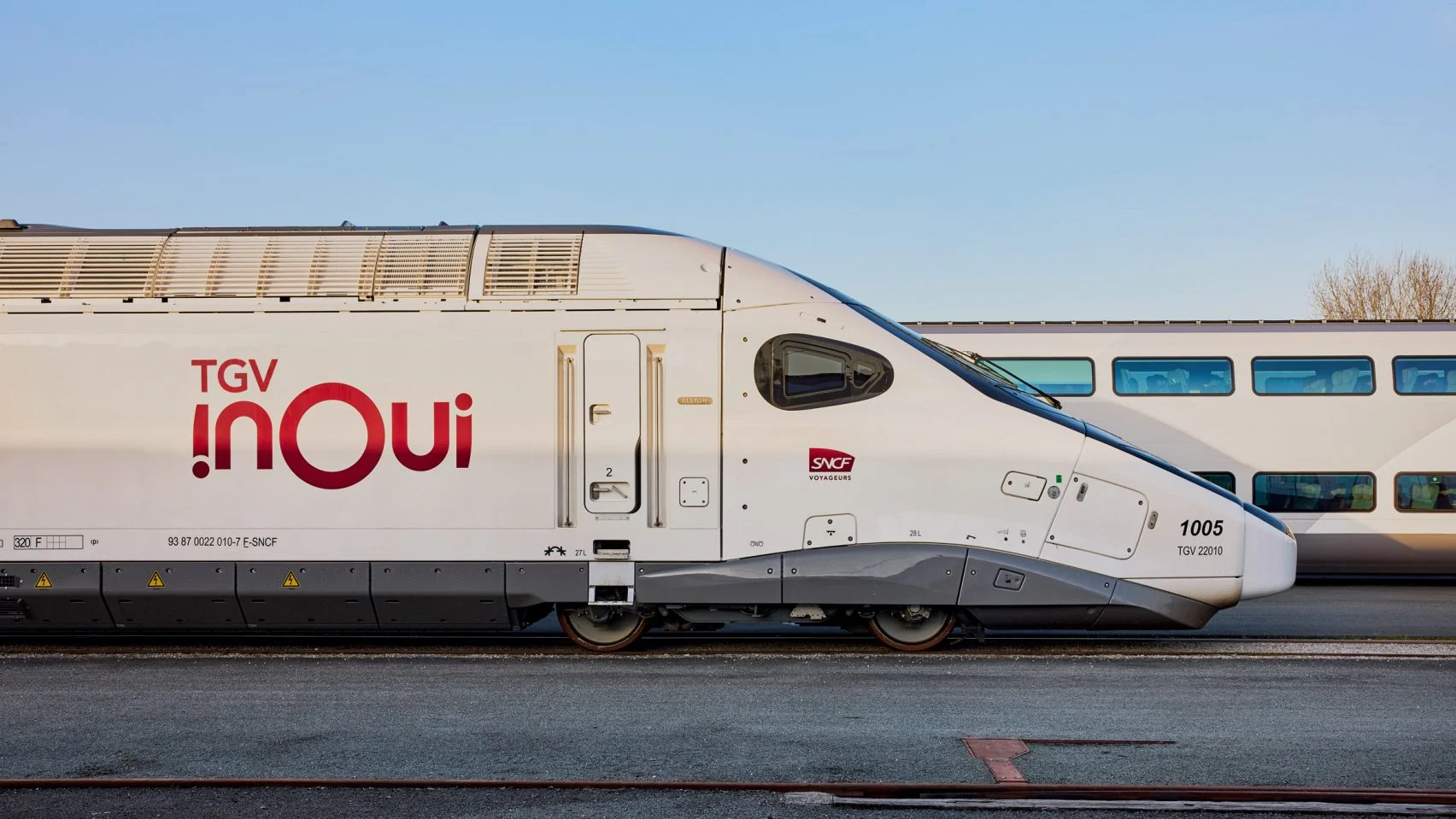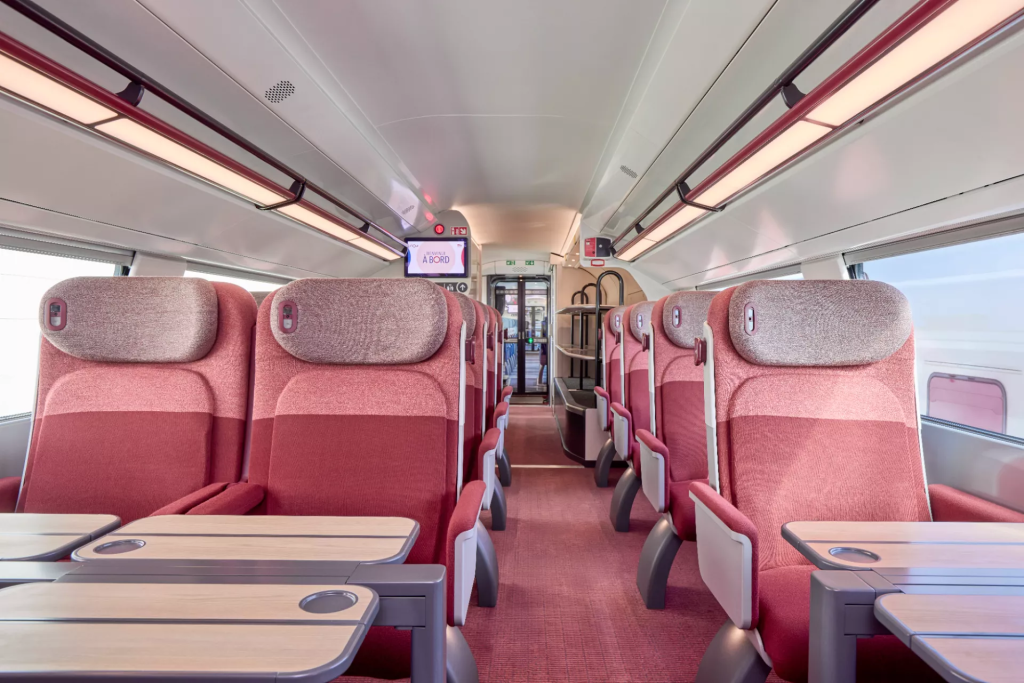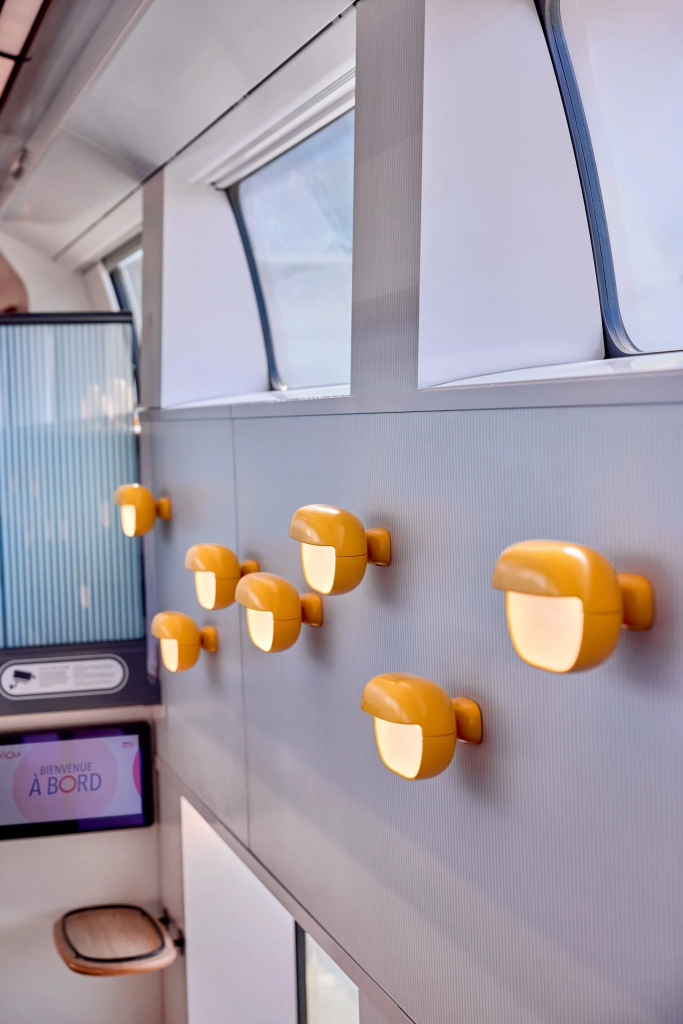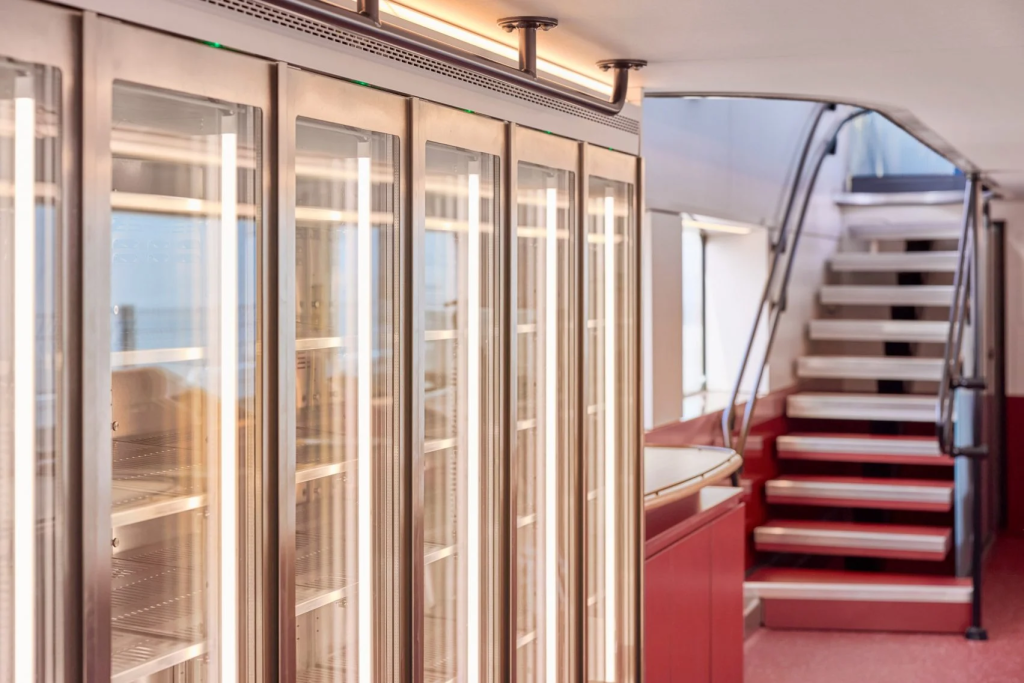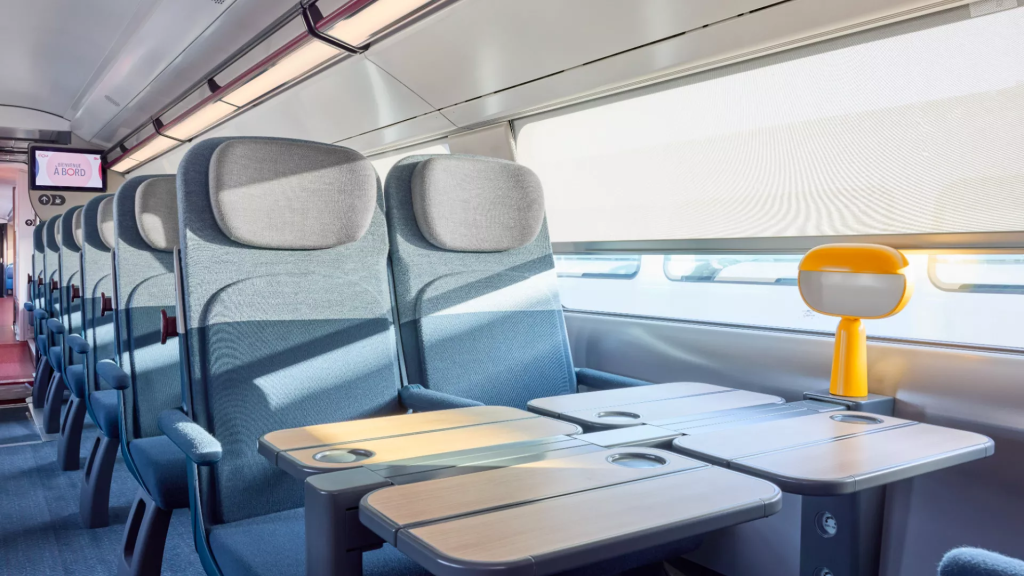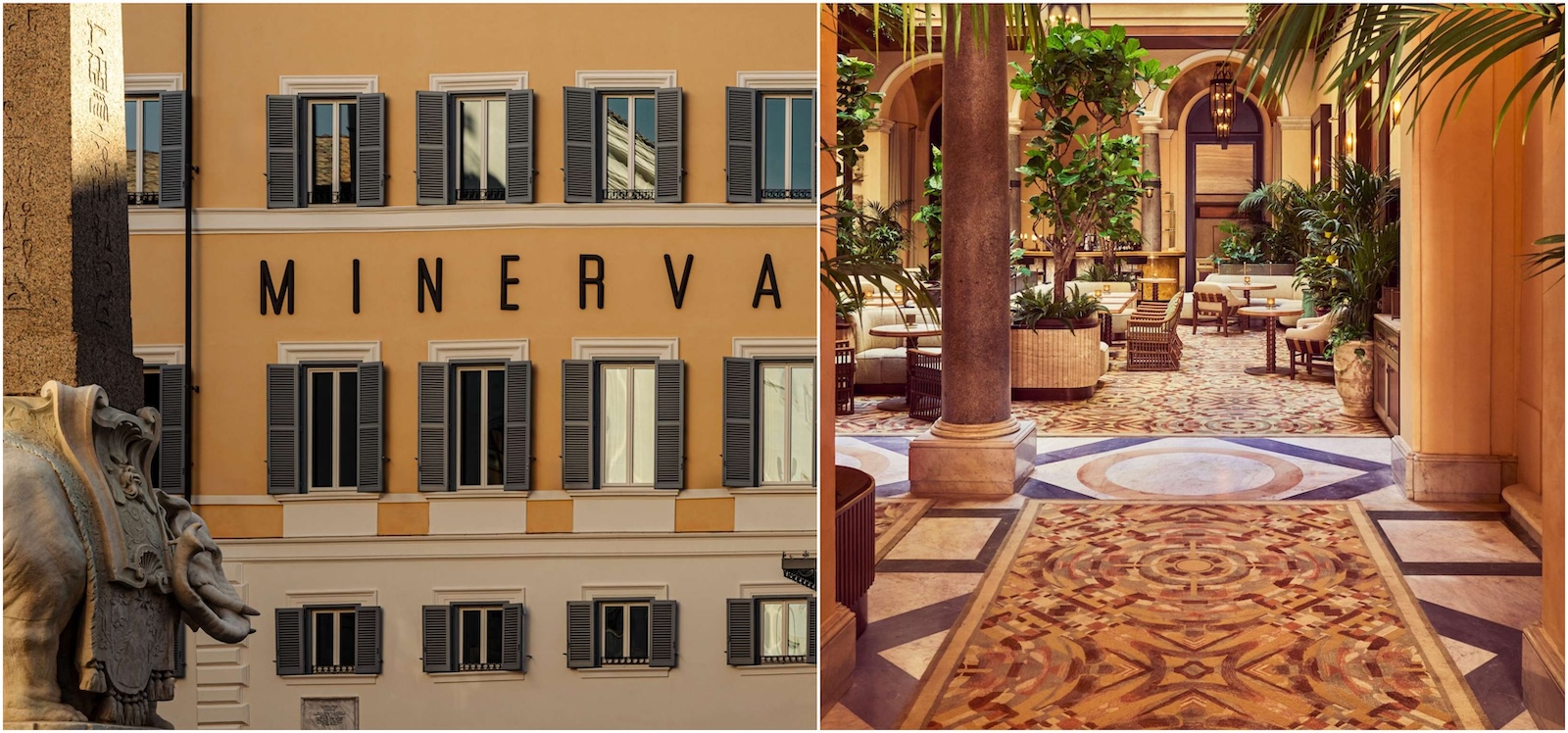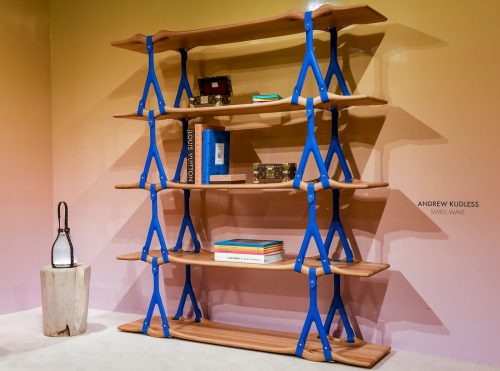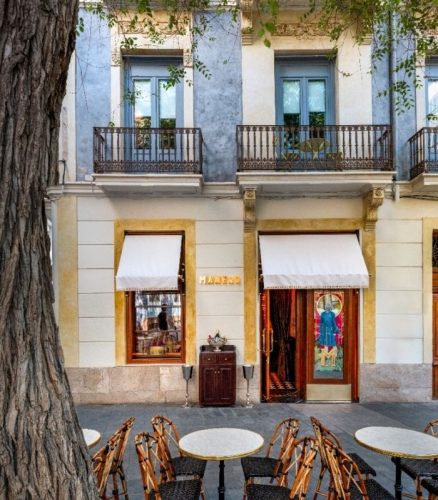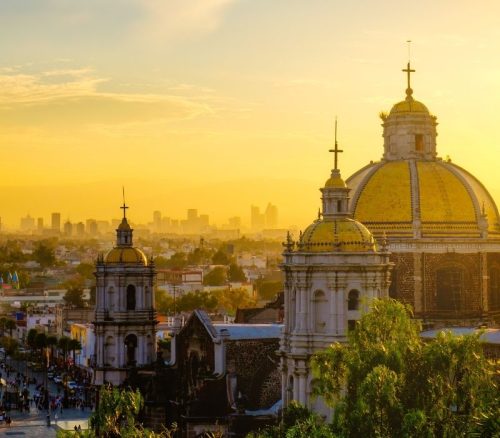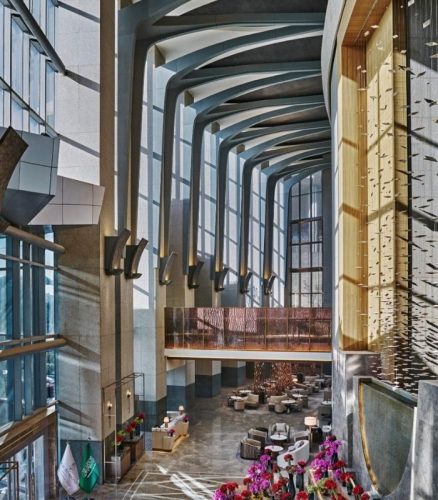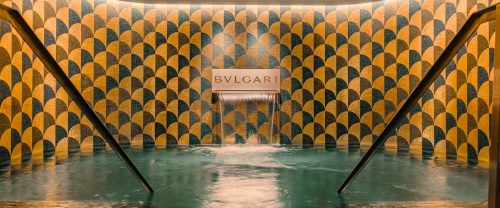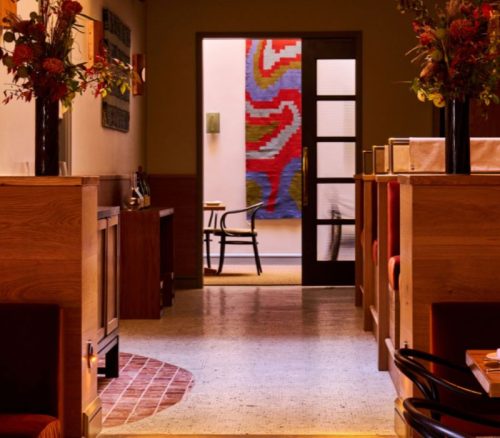France is hitting the fast track with some incredible new high-speed trains. The newest TGV (Train à Grande Vitesse) fleet isn’t just about getting you from Paris to Marseille or Lyon in record time; it’s about ushering in a new era of high-speed rail travel. Sleek, sustainable, and engineered for pure performance, these futuristic trains promise a journey that feels like stepping into a sci-fi novel—just with better legroom.
Design
At first glance, the new TGV makes one thing clear: this train isn’t messing around. Boasting a longer, tapered nose, it slices through the air with aerodynamic precision, consequently cutting energy consumption by 20%. Think of it as the bullet train’s stylish French cousin.
Plus, the elegant white exterior isn’t just for aesthetics; it strategically reflects heat in summer and retains warmth in winter, making each ride smoother and more energy-efficient.
Inside, the new TGV trains showcase a sleek redesign. French agency AREP and Japanese studio NENDO conceived this design, drawing inspiration from the fluid movement of rivers. This vision reflects in smooth, flowing interior lines, which enhance the sensation of motion.
Specifically, seats are sculpted for comfort, featuring adjustable headrests, lumbar support, and lightweight, breathable fabric for a plush feel. First-class travelers will enjoy warm Bordeaux and mustard tones, creating a cozy elegance, while second class embraces cooler navy and gray shades.
Speed & Efficiency
Now, let’s talk numbers. This new TGV packs nine passenger wagons instead of the usual eight, thus increasing capacity to 740 travellers—more people, same high-speed luxury. Also, it remains among the fastest trains in the world, shaving precious minutes off journey times while keeping SNCF’s reputation for efficiency intact.
Sustainability
For eco-conscious travellers, there’s good news. SNCF isn’t just thinking about speed—it’s considering the planet, too. They built these cutting-edge trains to be 97% recyclable, ensuring minimal environmental impact. Their improved design and energy-saving systems further reduce carbon emissions, making them one of the greenest ways to travel. This proves that sustainability and high performance can indeed go hand in hand—even at 300 km/h.
The Way Forward
The launch of France’s new TGV M trains has been postponed to early 2026 to allow for extended testing and regulatory approvals. Originally slated for 2024, the rollout was delayed due to the requirement for one million kilometers of pre-operational testing. The first dozen trains are now scheduled to enter service in spring 2026, with additional units gradually introduced through 2027 and 2028.
FAQs
Q: What makes France’s new high-speed trains unique?
A: They feature a longer, tapered nose, improving aerodynamics and cutting energy use by 20%. Inside, a sleek redesign by AREP and NENDO enhances the sense of motion with flowing interior lines.
Q: How many passengers can France’s new high-speed trains carry?
A: With nine wagons, they accommodate 740 travelers, increasing capacity while maintaining comfort.
Q: Why are France’s new high-speed trains more sustainable?
A: They are 97% recyclable, with energy-saving systems that reduce carbon emissions, making them one of the greenest high-speed travel options.
Q: When will France’s new high-speed trains enter service?
A: The launch was postponed to early 2026, with the first dozen entering service in spring 2026, followed by gradual rollouts through 2027 and 2028.
Other articles you’ll like:
Six Luxury Trains around the World

